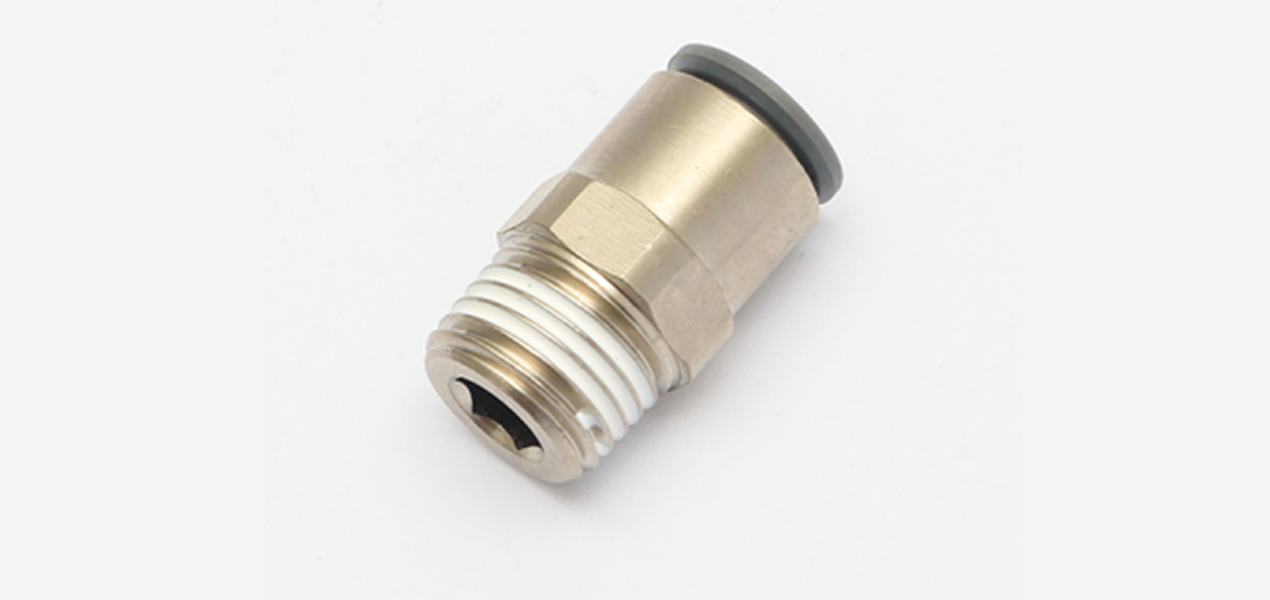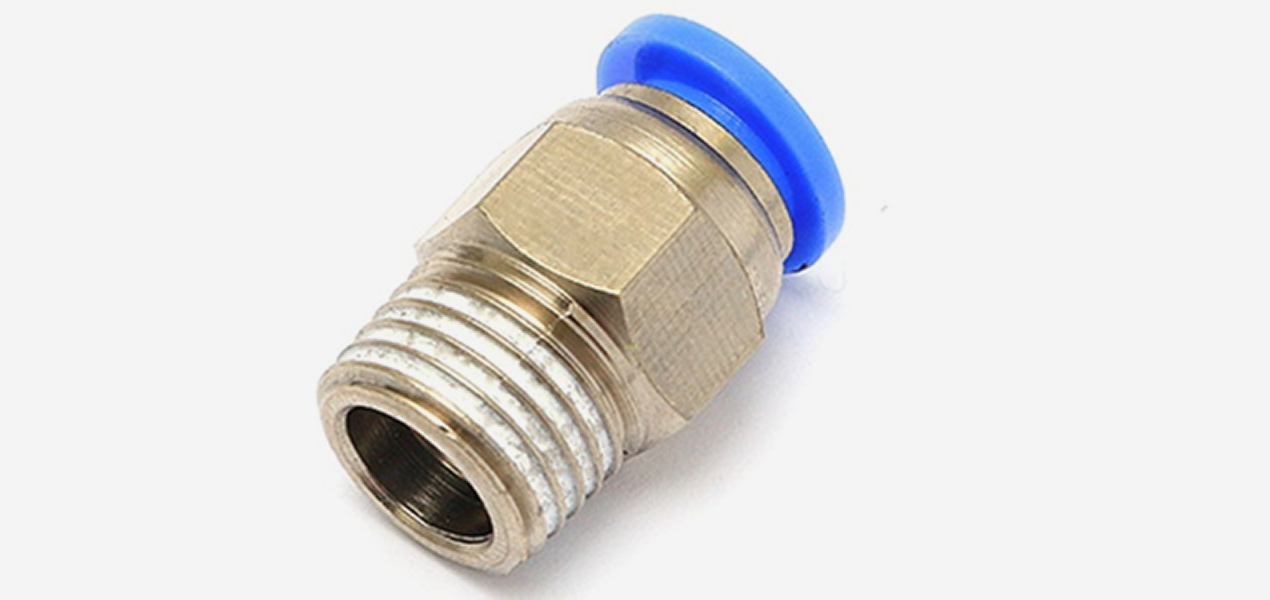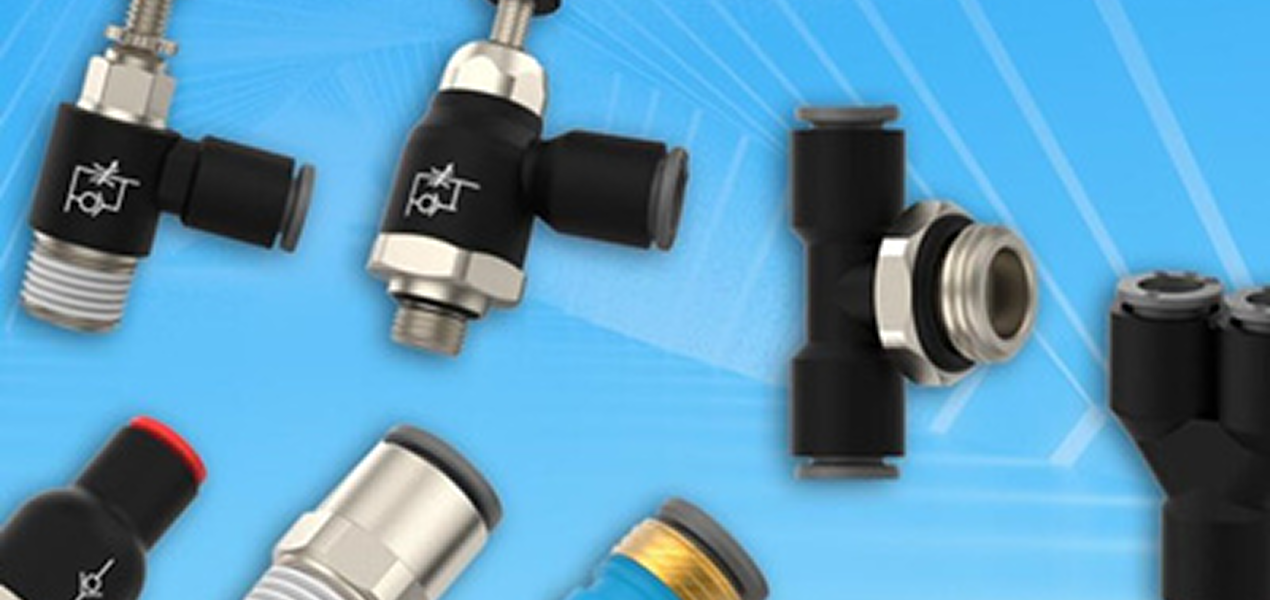The difference between straight-through quick connector and terminal quick connector
Home ✦
Latest News ✦
The difference between straight-through quick connector and….

The difference between straight-through quick connector and terminal quick connector
With the advancement of technology and the diversification of needs, the types of connectors are becoming more and more abundant. Straight quick connectors and terminal quick connectors are more common types of connectors on the market. The two are very similar in appearance, which leads many people to buy the wrong ones. If you can tell the difference between the two, you will not buy the wrong ones. Let us introduce the difference between the two below.
First of all, from the connection method point of view, the straight-through quick connector is mainly used to connect two pipes of the same size. It can help the fluid flow in the pipe, and when the pipe needs to be replaced or repaired, it can also easily lead the liquid in the pipe without changing the entire pipe.
In contrast, terminal quick connectors are mainly used to connect pipes or hoses to mechanical equipment or tools to support the work.
Secondly, the requirements for the two are also different. The straight-through quick connector needs to have reliable and tight sealing properties to prevent any liquid or gas from leaking from the connector, and it also needs to withstand higher pressure and temperature.
Terminal quick connectors need to be able to quickly and reliably connect mechanical equipment to ensure that the mechanical equipment can operate normally and is easy to repair and replace.
In addition, the structures and materials of the two are also different. Straight-through quick connectors are usually made of metal or plastic materials, while terminal quick connectors are more commonly made of various plastic materials. These materials have their own advantages and disadvantages, and users need to consider their own usage needs and performance requirements when choosing.
Therefore, we need to understand these differences when using quick connectors and make choices based on our actual needs. Of course, these differences are not very large, so in some cases, the two types of quick connectors can also be used interchangeably.
Nevertheless, it is important to understand and be familiar with the different types of quick connectors and their properties, which can help us better maintain industrial equipment and ensure its normal operation.
Straight-through quick connectors and terminal quick connectors each have their own characteristics and uses. Only by understanding the difference between the two can you choose the right connector. However, no matter which connector you choose, it is recommended to conduct a thorough inspection and test before use to ensure the stability of the connection and effectively avoid any accidents.
First of all, from the connection method point of view, the straight-through quick connector is mainly used to connect two pipes of the same size. It can help the fluid flow in the pipe, and when the pipe needs to be replaced or repaired, it can also easily lead the liquid in the pipe without changing the entire pipe.
In contrast, terminal quick connectors are mainly used to connect pipes or hoses to mechanical equipment or tools to support the work.
Secondly, the requirements for the two are also different. The straight-through quick connector needs to have reliable and tight sealing properties to prevent any liquid or gas from leaking from the connector, and it also needs to withstand higher pressure and temperature.
Terminal quick connectors need to be able to quickly and reliably connect mechanical equipment to ensure that the mechanical equipment can operate normally and is easy to repair and replace.
In addition, the structures and materials of the two are also different. Straight-through quick connectors are usually made of metal or plastic materials, while terminal quick connectors are more commonly made of various plastic materials. These materials have their own advantages and disadvantages, and users need to consider their own usage needs and performance requirements when choosing.
Therefore, we need to understand these differences when using quick connectors and make choices based on our actual needs. Of course, these differences are not very large, so in some cases, the two types of quick connectors can also be used interchangeably.
Nevertheless, it is important to understand and be familiar with the different types of quick connectors and their properties, which can help us better maintain industrial equipment and ensure its normal operation.
Straight-through quick connectors and terminal quick connectors each have their own characteristics and uses. Only by understanding the difference between the two can you choose the right connector. However, no matter which connector you choose, it is recommended to conduct a thorough inspection and test before use to ensure the stability of the connection and effectively avoid any accidents.



